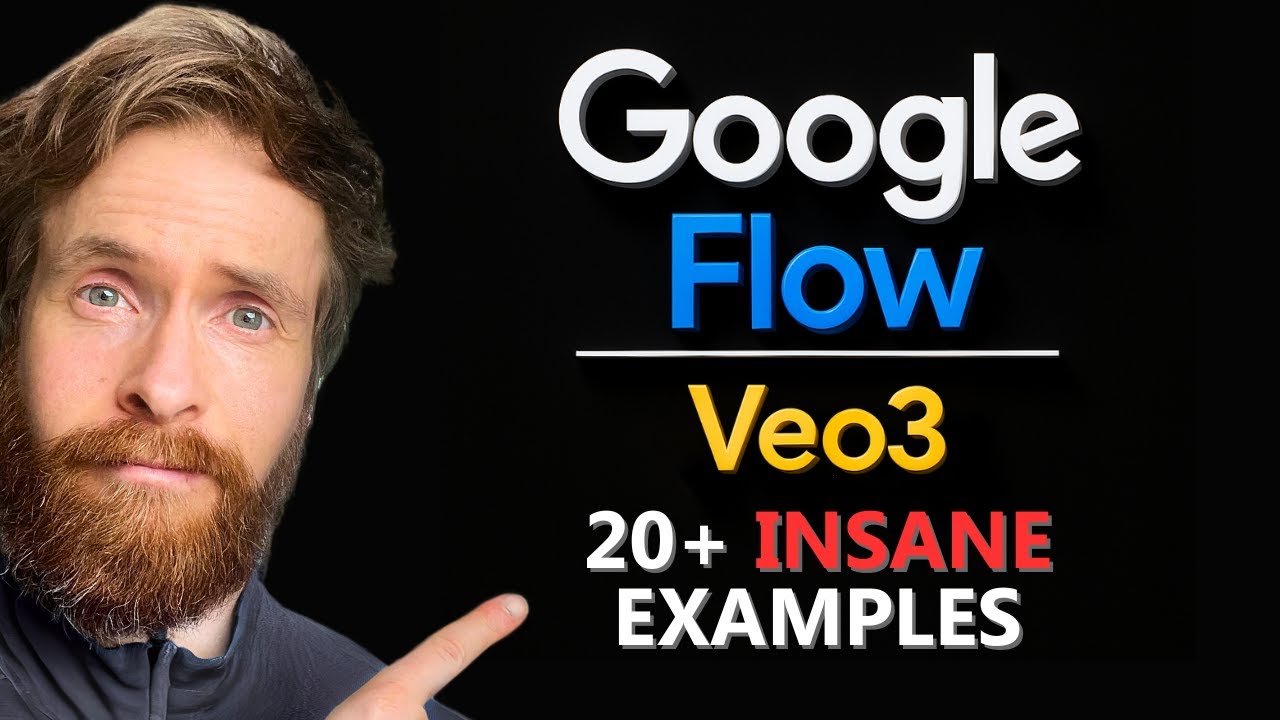The video showcases Google Flow (Veo3), an advanced AI-powered video creation tool that can generate realistic scenes, dialogues, and visual effects quickly and with minimal effort, demonstrating its potential to revolutionize Hollywood and content production. While impressed by its versatility and impressive outputs, the creator also notes current limitations such as inconsistencies and strange physics, emphasizing both excitement for its future capabilities and the need for ongoing refinement.
The video provides an enthusiastic first impression of Google Flow (Veo3), a new AI-powered video creation tool that is poised to revolutionize the Hollywood industry. The creator shares their experience of gaining access to Flow V3 through a premium Google AI Ultra package, highlighting its impressive capabilities in generating realistic scenes, dialogues, and visual effects with minimal effort. They showcase several generated scenes, including a trailer with intense dialogue and atmospheric visuals, demonstrating how quickly and effectively the AI can produce cinematic content even for someone with little prior experience.
Throughout the video, the creator experiments with different prompts and scene setups, illustrating the interface and features of Flow V3. They emphasize the tool’s ability to generate scenes based on detailed prompts, including camera angles, character actions, and dialogues. The process appears fast, with scenes being created within minutes, and the creator shows how they can stitch these scenes together to form a coherent trailer. They also explore the potential for evolving stories by adding new scenes, although they note some challenges with maintaining consistency and speech features across scenes.
The creator tests various scenarios beyond movie scenes, including podcasts, news reports, police chases, and even humorous or surreal clips. They highlight the versatility of Flow V3 in producing different types of content, from realistic to exaggerated or comedic. Some generated scenes turn out remarkably well, especially the alien interview and the podcast clip, which seem almost indistinguishable from real footage. However, they also encounter limitations, such as strange physics in some scenes and inconsistencies in character appearances, indicating that while impressive, the AI still has room for improvement.
They also experiment with prompts for different genres, including anime, crime, and cooking tutorials, revealing both the strengths and quirks of the AI. Some outputs are surprisingly good, capturing the essence of the prompts, while others are bizarre or off-model. The creator finds humor in some of the strange results, especially in scenes like a thief stealing beer or a woman filming a TikTok. They conclude that despite some imperfections, Flow V3 offers a powerful and exciting tool for content creation, capable of producing highly realistic and engaging videos quickly.
In closing, the creator reflects on the potential impact of Flow V3 on Hollywood and the entertainment industry, acknowledging its high cost but expressing enthusiasm for continued experimentation. They plan to explore more features and new models through Google AI Ultra, promising future videos to showcase further developments. Overall, the video conveys a sense of amazement and optimism about AI’s role in transforming video production, while also recognizing current limitations and the need for ongoing refinement.
